The Evolution of Drone Warfare
Russian defense manufacturer Kalashnikov, known globally for its AK-47 rifle, is stepping into a new realm of warfare technology with the introduction of a miniature attack drone named “Item-55” (Izdeliye-55).
Developed by ZALA Aero Group, partially owned by Kalashnikov, this drone represents a significant advancement in the ongoing conflict in Ukraine, where drones have played a pivotal role.
Item-55: A Technological Leap
“Item-55” emerges as a successor to the Lancet, a small loitering munition that has proved effective against Ukrainian tanks, artillery, and aircraft, reports Forbes.
While details about Item-55 are scarce, its design is notable for its quadcopter structure and X-wing aerodynamics, similar to the Lancet.
This design promises extended range and efficiency compared to other small First Person View (FPV) drones.
Remote Operation and Jam Resistance
One of the drone’s key features is its remote container launch capability, enhancing operator safety.
This method, similar to the U.S. Switchblade 300’s approach, allows the launch container to be positioned far from the operator, a tactic increasingly favored by Russian groups to protect drone pilots from being targeted.
However, the highlight of ZALA’s announcement is Item-55’s touted resistance to electronic jamming, a crucial aspect in modern warfare where electronic warfare capabilities can determine the success or failure of drone operations.
Electronic Warfare and Autonomy
Experts, however, are skeptical about ZALA’s claim of absolute jam resistance. The dynamics of electronic warfare are complex and constantly evolving, with no permanent solution in sight.
Zak Kallenborn of CSIS suggests that the drone’s supposed invulnerability might stem from an “autonomy optimal mode,” allowing it to navigate and engage targets independently, reducing reliance on external commands.
Intelligent Warfare
Building on the Lancet’s onboard Artificial Intelligence, Item-55 may be equipped with advanced target classification and tracking capabilities.
This development would place Russia on par with Ukraine’s smart drones, which can independently locate and attack targets.
Despite this advancement, the announcement indicates that the drone is expected to maintain a video link until impact, suggesting continued reliance on some form of communication.
Swarming and Market Potential
The announcement does not explicitly mention swarming technology, which ZALA has previously demonstrated with their Product-53 Lancet upgrade.
Swarming allows multiple drones to coordinate attacks autonomously, a feature that would, however, reintroduce vulnerability to jamming due to necessary inter-drone communication.
From a market perspective, despite its likely higher cost compared to simpler FPVs, experts believe Item-55 will find a ready market, particularly within the Russian military.
Samuel Bendett, an expert on the Russian Drone Industry, anticipates significant demand for loitering munitions in the coming years, both for domestic use and international sales.
While ZALA’s claims of a jam-proof drone might be part marketing hype, the development of Item-55 signifies a potential shift towards more advanced, military-grade FPV kamikaze.
Whether these drones can be produced in significant volumes to impact the battlefield remains to be seen.
Nonetheless, Item-55 marks an important step in the evolution of drone warfare, reflecting the growing importance of unmanned systems in modern conflicts.

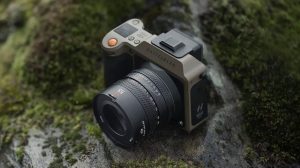

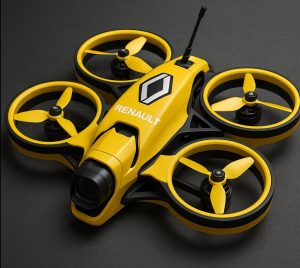
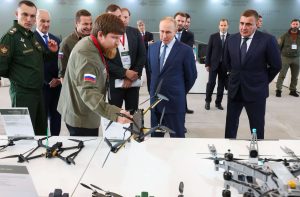







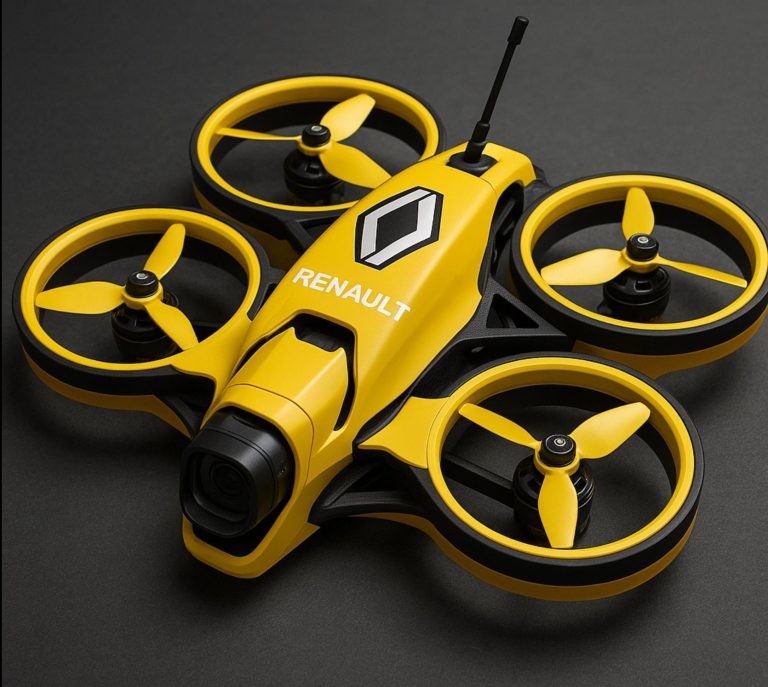
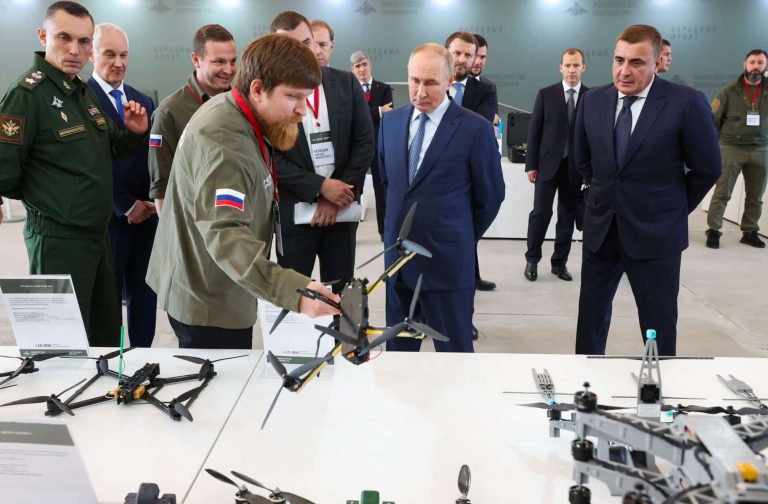
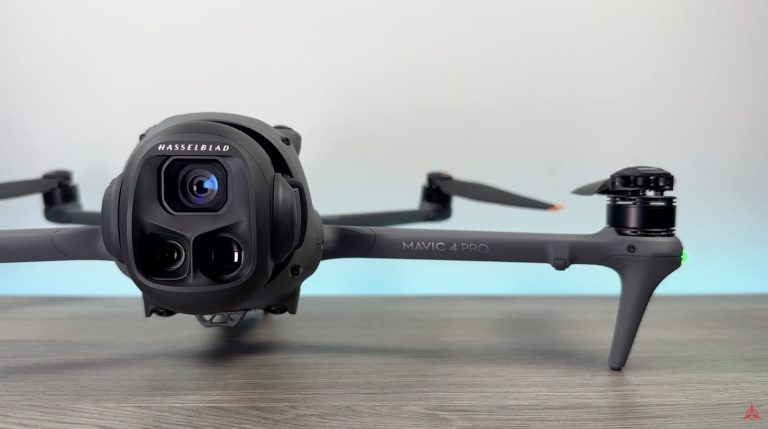
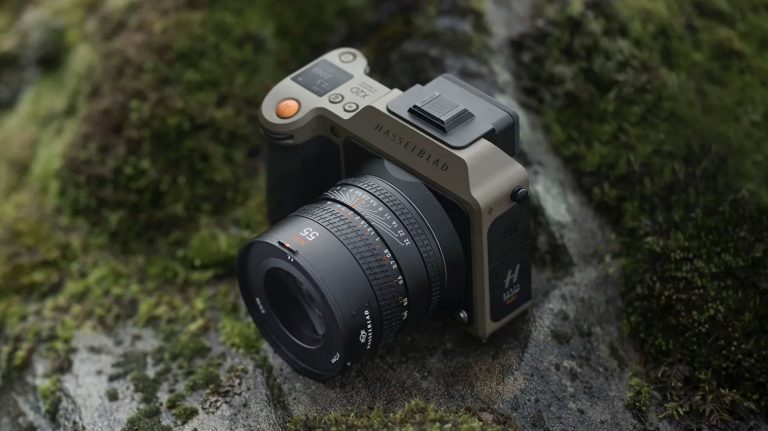


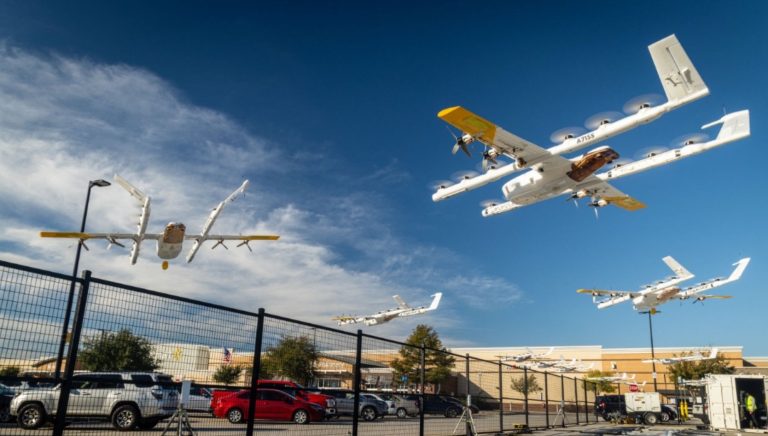

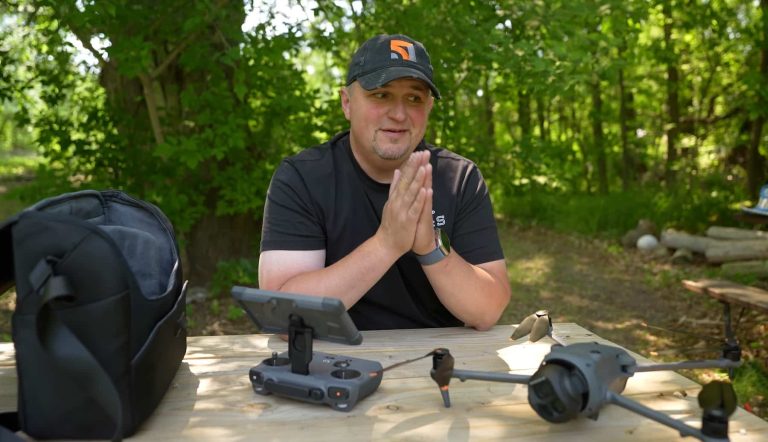
+ There are no comments
Add yours